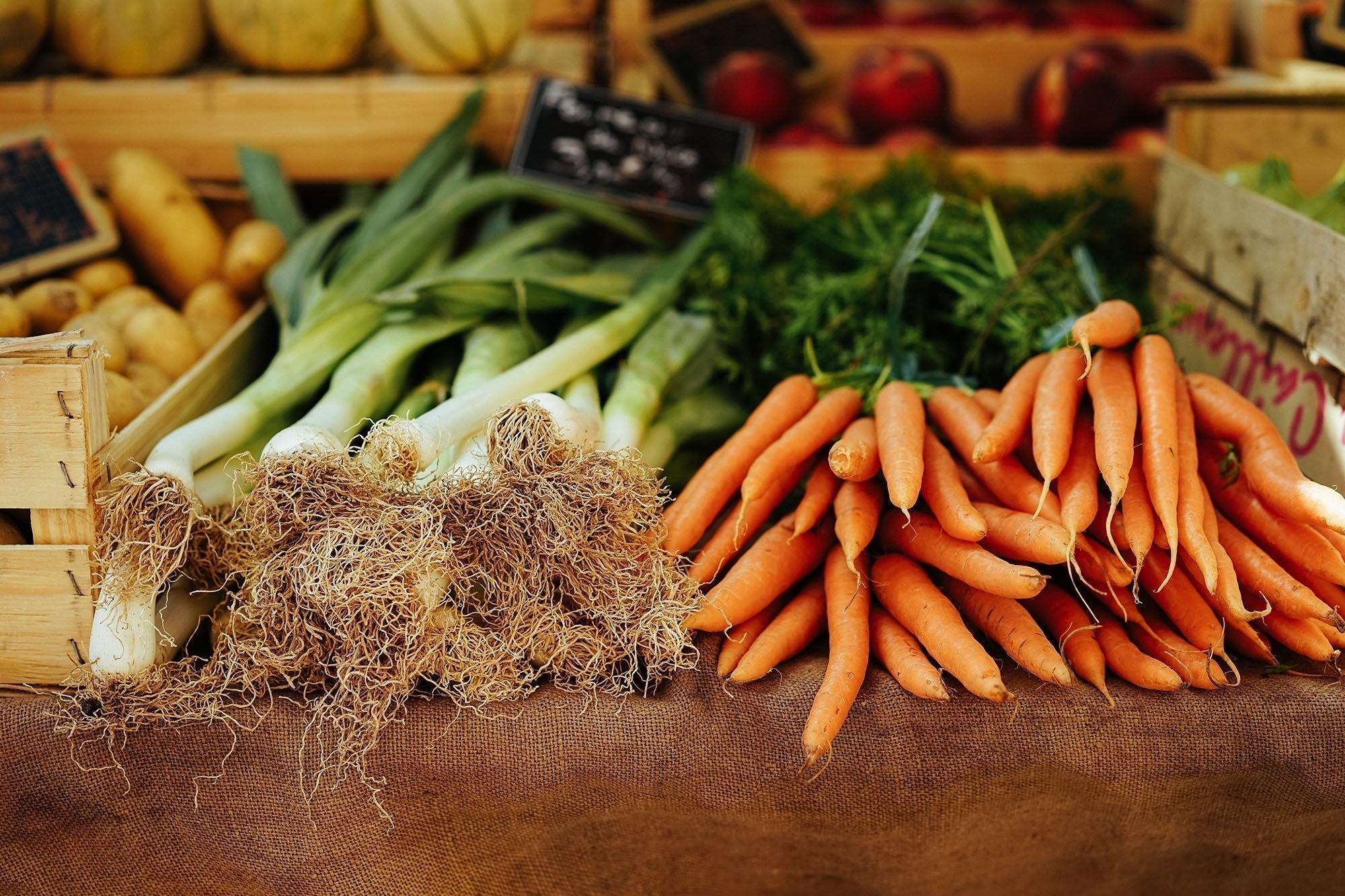
How to Improve your Gut Health
4 Min read
Your gut health has a profound effect on the overall health of your entire body. It affects your skin health, digestion, mood and brain function. Due to the recent pandemic, immunity and gut health have become a hot topic as your gastrointestinal system plays a central role in your immune system and fighting off any unwanted pathogens (bacteria, protozoa, fungi and viruses) or toxic substances.
Did you know that 80% of our immune cells reside in our gut? More specifically, gut-associated lymphoid tissue is the prominent part of mucosal-associated lymphoid tissue and represents almost 70% of the entire immune system. Moreover, about 80% of plasma cells - immunoglobulin A (IgA)-bearing cells reside in the gut-associated lymphoid tissue. It’s paramount that we take the care that is necessary to optimise our gut health, but how?
Increase your Fibre
It is recommended that we consume 30g of fibre in our diet through a mixture of fruit, vegetables, legumes, whole grains, nuts and seeds, but what does 30g really look like?
It roughly equates to:
- Two pieces of fruit.
- Five portions of vegetables.
- Three portions of whole grains.
- One to two portions of nuts, seeds or legumes.
You may think, “Easier said than done!”
In the UK the majority of people do not eat enough fibre. The average intake is 17.2g per day for women and 20.1g per day for men, so we are currently not meeting the recommended amount of 30g per day. It’s important to increase our fibre intake as a low-fibre diet is associated with constipation and may increase a risk in gut diseases and colorectal cancer. In fact, research suggests that a high-fibre diet can help lower the risk of Type 2 diabetes, heart disease and depression.
Aiming for 30g of fibre may seem a little overwhelming at first, but there are simple ways you can increase your fibre intake.
- Seeds + Nuts - Add seeds and nuts to your porridge, overnight oats or savour dishes, soups and salads.
- Flaxseed - An easy win, easily add to porridge, stews and soups. Per 100g flaxseed has 27.3g of fibre.
- Ancient + Brave’s Vegan Collagyn - Add Radiant to your morning smoothie, it is rich in prebiotic fibre which helps to support digestive function and your gut microbiome.

Add Prebiotic Foods
What’s the difference between a probiotic and a prebiotic?
PRObiotics are live bacteria and yeast, and when consumed have a beneficial effect on the gut microbiome. In order for a bacteria or yeast to be named a probiotic, they have to meet the following criteria:
- They have to alive.
- Present in large numbers.
- Have evidence of a health benefit.
You may have heard of, Lactobacillus acidophilus, Lactobacillus rhamnosus GG, Saccharomyces boulardii or Bifidobacterium bifidum. These are common probiotic microorganisms.
Probiotics exert their effect on the human body via the gut. They have various mechanistic role such as inhibit the growth of pathogens and stimulate a immune response when needed. They are also proactively used to treat a range of gastrointestinal disorders such as diarrohea and irritable bowel syndrome.
Probiotics don’t always appear in tablet from. In fact, they are added to yoghurts and often described as ‘friendly’ bacteria. Their role is to help restore a natural balance of healthy bacteria in your gut after illness or treatment.
PREbiotics are a form of dietary fibre found in food that cannot be digested, but instead feeds specific beneficial microbes that are found in our gastrointestinal system. Not all foods can be awarded the prebiotic title, foods have to prove they a worthy through scientific research and trials.
Chicory root, a prebiotic, has a very high concentration of a soluble dietary fibre called inulin, (one of the highest known in plants), which helps support digestive function, gut microbiome and contributes to a feeling of fullness. Roasted chicory root can be found in Coffee + Collagen and Cacao + Collagen.
Some plant-based foods are naturally higher in prebiotic fibre, see table below. In order to truly benefit from prebiotics, aim to eat a diverse range of plant-based foods.

Eat and Drink Fermented Foods
First and foremost, fermenting foods is easier than you think and requires little effort. Fermented foods are preserved using an age-old process that not only boosts the food’s shelf life and nutritional value, but can give your body a dose of healthy microbes. Fermentation is when bacteria and yeast predigest sugar and starch, found in food and drinks, to acids and other byproducts such as vitamins, organic acids and other bioactive compounds. For this reason, fermented foods tend to have a more sour and tangy flavour. By consuming these foods, your gut can benefit from the well-fed bacteria and other compounds.
As there has been a demand for fermented foods in the food industry, many high-quality products are now available at the supermarket or local health food shops. Here are some examples:
- Dairy Kefir
- Water Kefir
- Kombucha
- Kimchi
- Sourdough
- Sprouted Seeds and Legumes
- Live Yoghurt
Fermented foods can easily be incorporated into a healthy diet. If you are interested in creating your own fermented gut-loving foods, then there are many online resources. If you prefer recipe book, there is Fermenting Food: Step By Step by Adam Elabd which has an array of simple recipes and top tips.
There are many ways to improve your gut health through increasing your fibre intake, adding prebiotics into your diet and consuming fermented foods and drinks. Products are readily available in supermarkets and health foods shops, ready for your to try. If you’re looking to improve you gut health then start by picking one or two ideas from this article. If you are interested in our fibre-rich and nutrient-packed blends, head to our Coffee + Collagen and Cacao + Collagen.